 As we try to navigate this new normal and will likely have an ebb and flow of easing and imposing stay-at-home restrictions, we need to start thinking about a better way of working. Before lockdowns, some organizations allowed for flexible work arrangements or accommodated certain individuals to work remotely. However, these programs can sometimes have unintended consequences. For example, those who take leave or work from home have been shown to have slower wage growth and earn fewer promotions because they are seen as less motivated or dedicated. As we are seeing now, individuals can be just as, if not more, productive at home by working hours that work for them. So how can we utilize our new insights about working from home and redesign the way we do work. Two examples of how some companies have done this already include redesigning work through a person-centred approach or a results-centred approach. The People-Centered Approach (also known as the Predictability, Teaming, & Open Communication approach) In this approach, you, as a manager or as a department, state that you have a collective goal of ensuring every team member's personal interests and needs are met. That is, ensuring both professional and personal goals are met for each team member. Each team member states what their needs and goals are for the week and the team re-works the work schedule and priorities to ensure both personal and professional goals are met. This process adds time, especially in the beginning. It will usually add about 30 minutes to weekly team meetings and it will take a few months for people to build psychological safety and trust to be transparent in what their needs are. The leader setting the example will go a long way in this approach. The people-centred approach helps enhance communication, build team cohesion, and helps achieve team goals. Teams create innovative ways of not only completing work but prioritizing work by eliminating unnecessary processes or initiatives. This approach had been found to make teams 2x more efficient, 1.5x more effective, and increase client value by 15%. For individuals, twice as many people will feel more comfortable taking time off for work, satisfaction with work-life balance increases by 24%, and intent to stay increases by 29%. The Results-Centered Approach (also known as the Results-Only Work Environment) In this approach, as a manager or as a department, state that you have a goal of 'gettin' 'er done'. That is, people should be free to do what they want, whenever they want, as long as the work gets done. The purpose of this approach is to allow people to be more focused, productive, and efficient based on their own style. Weekly team meetings will be required in the beginning to help bring transparency and clarity to the process. Employees will discuss how they would change their work practices if they could choose their hours/location/etc. This allows the team to have a better understanding of who is available when. Employees are then empowered to experiment with their own productivity. After two months, the manager should do a check-in and discuss what changes are needed, share success stories and problem-solve any barriers. Additionally, it takes a bit of sophistication on the manager's part to understand what is a fair workload and what will achieve the strategy rather than 'fill the days'. Parameters also need to be set up about what constitutes good work. For example, it's not just that the task was done, but the task was done after consultation and collaboration with stakeholders. The results-centred approach has been found to reduce turnover to 6% compared to 11%, increase schedule control and decreased work-family conflict, increased sleep, energy and self-reported health and exercise, reduce smoking and drinking and increased family meals.  As you can see, both of these approaches are not HR-led, but leader-led. However, which you choose depends on your company values and strategy (e.g., respect & caring vs. excellence and results). People-centred is more about a philosophy shift about the nature of work and creating team cohesion, collaboration, and team 'wins'. Versus, a results-centred approach is more individualistic and about business strategy achievement. Regardless, they are still both business strategies for goal achievement, rather than work-life balance initiatives. Both require a significant amount of energy, especially in the early stages, but the benefits outweigh the costs. Regardless of which you may choose, here are some tips to help you ensure a successful implementation:
0 Comments
When advocating for better performance management we ask managers to be a "coach" to their employees, borrowing the term from sports. However, it seems that the sports analogy stops there. For example:
Effective coaching can positively change attitudes, knowledge, behaviours, and performance. Organizations that had highly effective coaching were more likely to have:
Gallup outlined the essentials of coaching as: frequent, focused, and future-focused. That is, coaching should be continuous, have a specific purpose, and should be positive and constructive.
Sports provide us with other potential lessons we, in business, need to learn from:
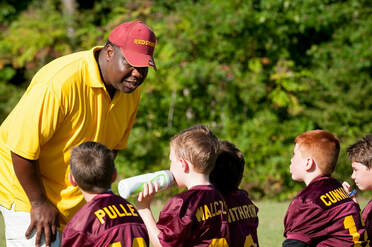 So if we truly want our managers to be like sports coaches, what do we need to do? Organizations
Managers
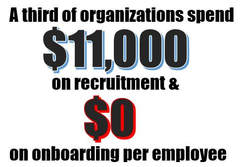 How we fail our new hires We put so much time and resources into hiring employees—sourcing, assessing, interviewing, negotiating—that we are exhausted by the time their start date rolls around. We justify that it's okay and the “sink or swim” is a good initiation – I mean we had to do it ourselves, right?
So how do we get out new hires to thrive? Let's start with Day 1. Even better, let's start with Day -1. Have new hires complete paperwork so that their benefits and payroll will be set up beforehand. Also create an open line of communication so they can ask questions before their start date. Finally, welcome them on behalf of the organization, hiring manager, and/or team. So then what is lined up on Day 1 for the employee? It should be more than just orientation. How boring is it to sit in front of a screen and click through modules of company propaganda? Why not kick off with an informal coffee/breakfast with the hiring manager to discuss what to expect in the coming months? This is also a great time to provide resources to the employee such as their job description, company information, strategic objectives, industry knowledge, and key points of contact. Perhaps then the employee meets with their buddy. This buddy is a champion of the organization and not only gives a facility and safety tour, but starts providing tips about the unwritten rules. The Talent Team could then meet with the employee to discuss any assessment results they went through in the recruitment phase. Understanding their assessment begins to help them understand their strengths and their possible derailers within the context of the team and organization. Next, the employee goes for an informal lunch with their team, they start placing names to faces, asking and fielding questions. The afternoon could then be filled with module training, paperwork, and reflection time to get them situated, followed by an end-of-day quick check-in with their manager to answer any immediate questions and outline the remainder of the week. How would you feel after that kind of first day? The purpose of onboarding is about opening dialogue and establishing fit. The employee needs to see how their role contributes to the organization and they also need to see how their own values and style fits within the team and culture. Building this buy-in creates engagement. Understandably engagement cannot be built in a day, a week, or even 100 days. It's an ongoing process and takes at least 6 months, if not a year. However, the results are worth it. With effective onboarding, 69% of employees are staying with the company for at least 3 years. This greatly reduces recruitment costs--money which can now be funneled into new onboarding initiatives, like enhanced technology and training. Good onboarding practices also increase performance outcomes such as goal attainment, customer satisfaction, employee engagement, and revenue. The 'sink or swim' approach is starting to look pretty bad now isn't it? So let's incorporate some best practice into our onboarding (there are even practices that cost little to no money) and let's have our employees and our organizations thrive! |
Archives
November 2020
Categories
All
|


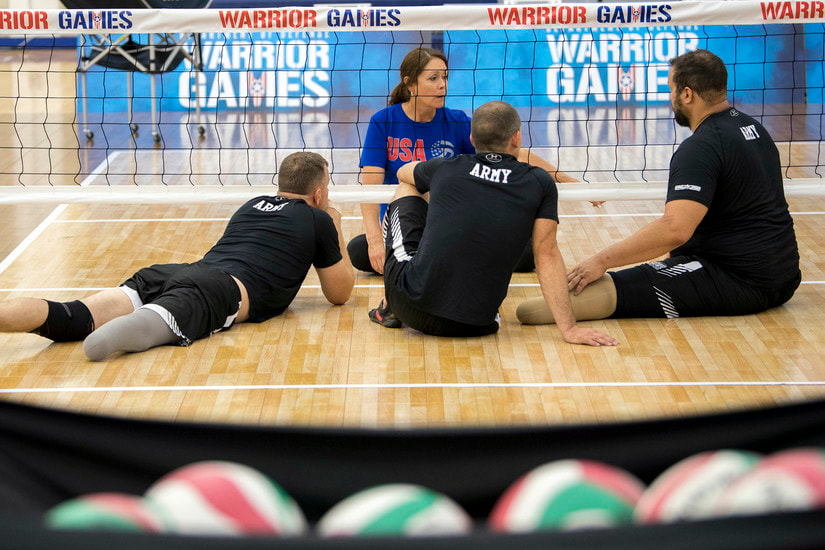
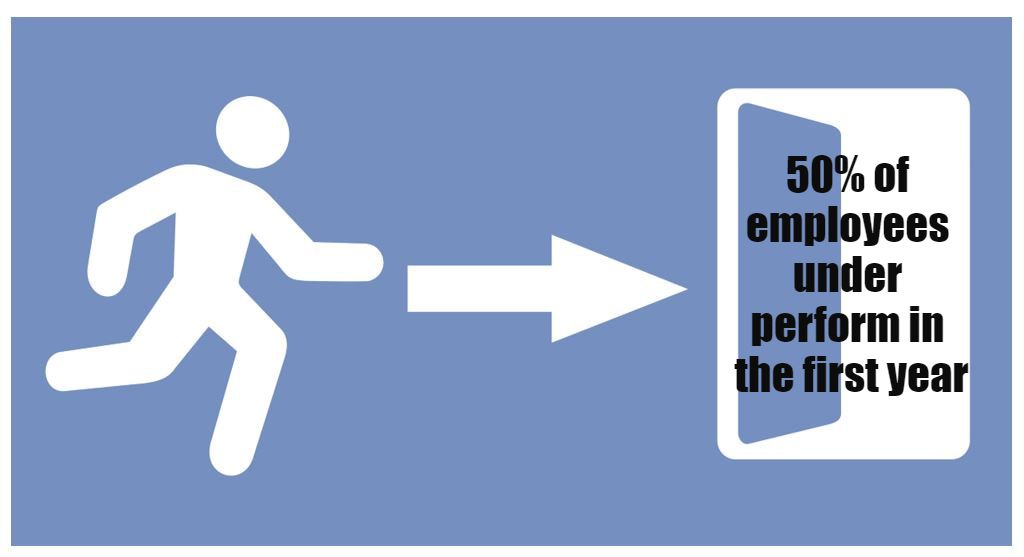
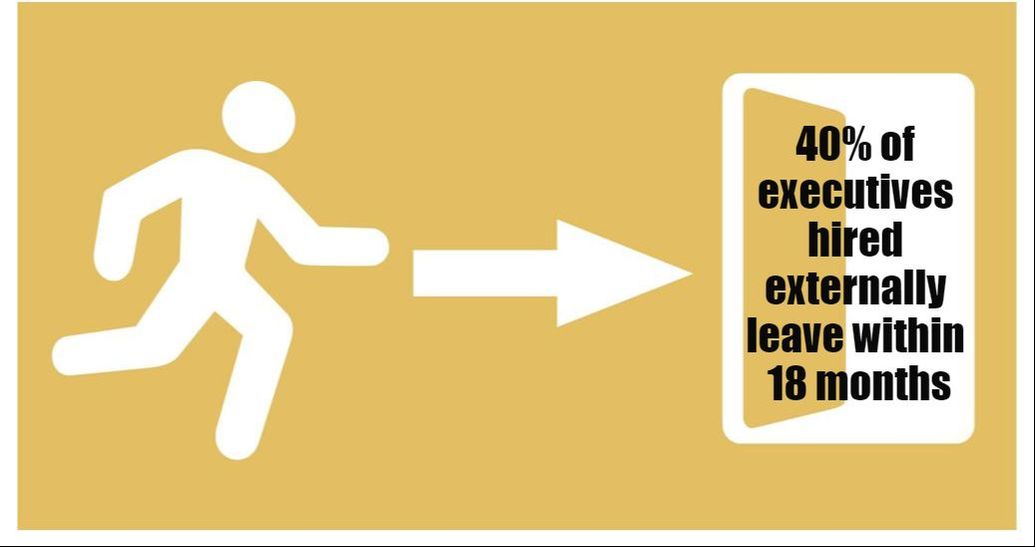
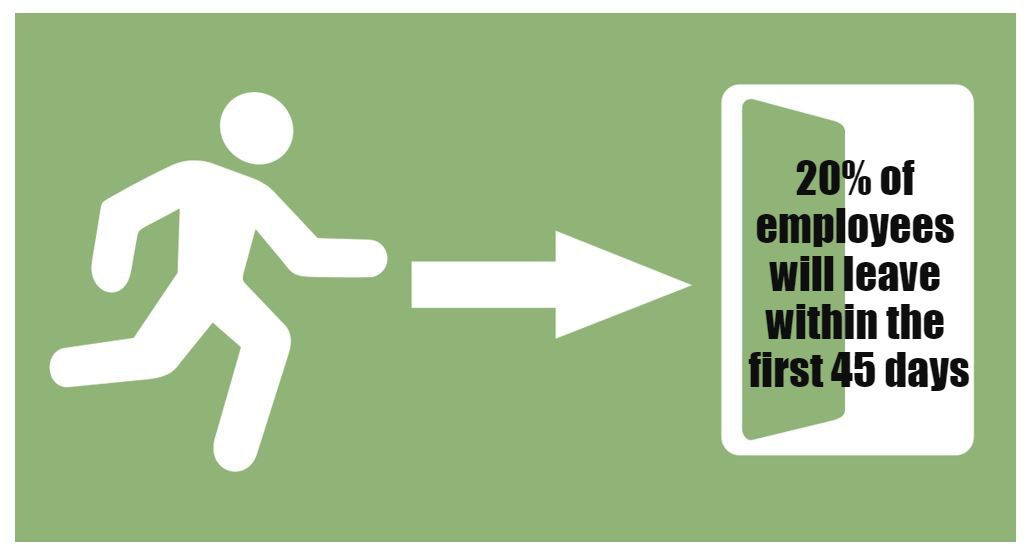

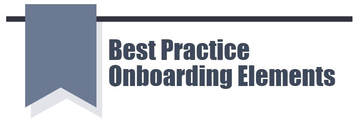
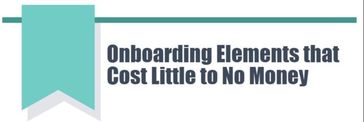
 RSS Feed
RSS Feed
